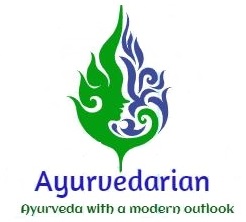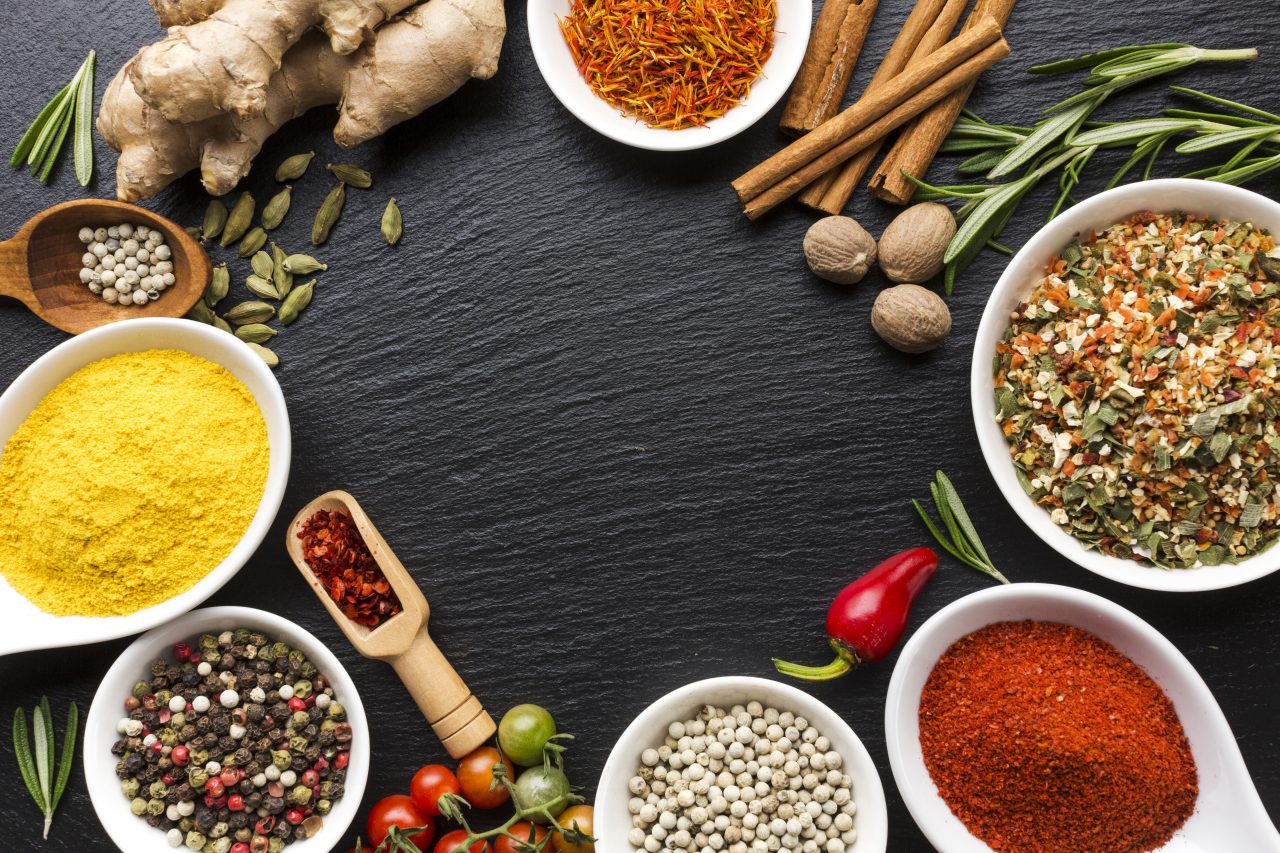
The first three words of the title of this blog is taken from a financial magazine with reference to taxes but these three words seemed really appropriate to our health and wellness as well. What do you people think? Do let me know !!
Going further on the topic –in the modern day, our lives physically and mentally have become too clustered and complicated. Some things are complicated by the nature and occurrences around us and some are complicated by ourselves. Be it the nature or our body & mind clustered and complicated, clogs the system restricting the free flow of energy and thereby affecting the functioning of the whole macro & micro-universe. The solution to this are the three words Clarify or cleanse, Simplify & then Amplify the level of health and wellness both outside as well as inside.
Toxins are naturally occurring organic substances produced by metabolic activities of living cells or organisms. There are different types of toxins-artificial or manmade or environmental toxins and biotoxins (produced by organisms for offense or defense). Toxins can enter our body through various paths from external sources or may get produced inside our body itself as well. Our bodies as such are well equipped to regularly cleanse or clarify the system of these toxins. Lungs, liver, kidneys, skin all these are excellent cleansers of various forms of toxins from our body. On a regular basis, the organs can handle the amount of toxins and remove them from the body.
But in the modern times, busy schedules, unhealthy and processed diets, sedentary lifestyle and extreme emotional stresses has led to overload of toxins in the body. This overload of toxins puts a huge load on the organs thereby making them sluggish and inefficient. This leads to accumulation of toxins in various parts of the body. Ama or toxins or free radicals when accumulated lead to various diseases, aches and pains. Now I think it is easy to understand why in the modern times we have so many diseases, allergies , intolerance and conditions. Therefore for maintaining one’s own health and wellness, it is very important to cleanse or clarify the toxins, simplify our lifestyle and diet habits and slowly amplify the functional capacity of the various organs especially detoxifying organs.
Ayurveda, the ancient life science recognized this need of regular cleansing for the body. Ayurveda is based on the functioning of the 05 basic elements outside and inside the body. Any change in the balance or functioning of the elements outside the body has a very huge effect on the balance and functioning of the body as well. The most uniform and prominent change which takes place in the nature is the seasonal change and Ayurveda places a great importance on seasonal cleanses especially beneficial as a preventive therapy.
According to Ayurveda, the 05 elements combine in a particular order to form 03 humors or doshas in our body, to aid in proper execution of various functions. Ayurveda Panchakarma procedures or therapies are the cleansing procedures explained to us in details. These are used both as curative and preventive aspects. The set of 05 therapies are administered to balance either of the 03 doshas (vata, pitta or kapha) in our body.
The Panchakarma therpaies can be administered both as curative and preventive therapies. Let us talk about preventive aspect.
Ayurveda puts a great emphasis on the seasonal regimen and the therapies to be done during certain season to prevent seasonal diseases. Depending upon the changes in the outside environment according to season, the body also faces lots of changes to adjust to the seasons. This causes imbalance of the doshas or humors which if not connected can lead to various diseases. To correct the imbalance seasonal cleanses in the form of Panchakarma therapies are advised. Panchakarma therapies are preceded by pre-therapy procedures which help to Clarify the various srotas or channels in our body, thereby unclogging the transport system in the body. The main cleansing process removes the toxins and ama or free radicals from the body along with the vitiated doshas.
Ayurveda doesn’t end the treatment here. After the cleanse there are post therapy procedures which mainly include diet and lifestyle changes according to the season, body type and disease being treated. These changes helps us to Simplify our food habits to a healthy path. It also includes simple lifestyle changes along with yoga or other exercise schedules and social etiquette. Simplification of the diet and lifestyle not only helps maintain our health and wellness but also aids in managing stress in our day to day life.
SHIRODHARA
How do we simplify our diet and lifestyle? Ayurveda suggests that the diet one has to consume food according to one’s body type or one’s imbalances. It is also advised that one should have regional, seasonal and fresh foods. Ayurveda also mentions that our diet should contain all the 06 rasas (tastes ) and must be balanced with all the nutrients. The food must be warm and freshly prepared and should be eaten consciously. Simple, balanced, warm food cooked with affection is how you Simplify your diet.
Coming to simplification of your lifestyle, Ayurveda provides the perfect solution with its extensive Dinacharya routines. Try and adapt the various aspects of Diancharya like waking up at Brahmi muhurta, teeth cleaning, exercise bath etc and you will see that without any major effort your lifestyle is simplified and stress free. It also helps to maintain the balance of the tridoshas at various times of the day as well as during various seasons.
Next comes the part-Amplify. What do we Amplify? After clarifying and simplifying we need to amplify the functions of the various organs. Ayurveda provides different types of rejuvenation therapies and medicines. Regular treatments like Abhyangam, Shirodhara helps to relax and rejuvenate the body internally and externally. They improve the circulation of the body making sure all the nutrients reach every single cell in the body. Ayurvedic rejuvenative herbs and medicines help in amplifying the functions of the organs of the body. Regular yoga practice, pranayam and medication also help to clarify, simplify and amplify the health and wellness of the body along with the balancing therapies from Ayurveda.
We all spring clean our houses, de-clutter, repaint and even refurbish our houses, so Why not Clarify, Simplify and Amplify our bodies.
Stay Healthy with Ayurveda….










